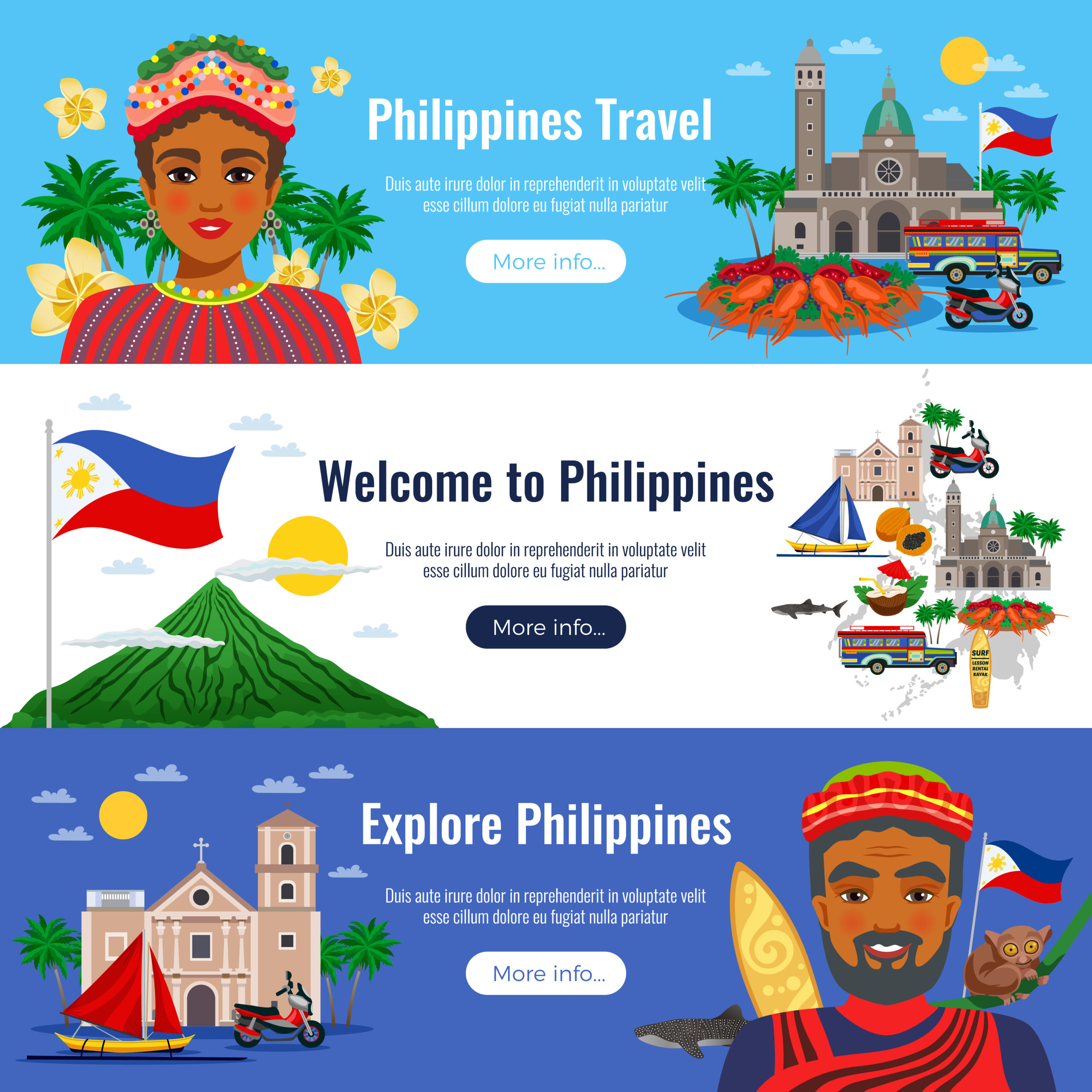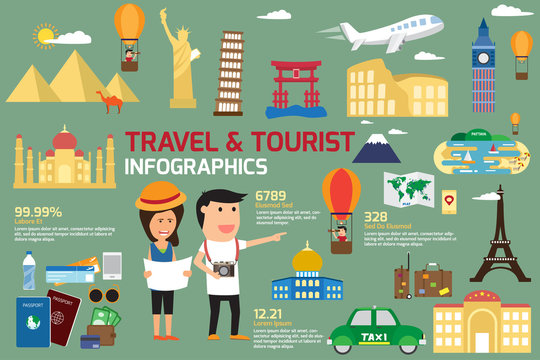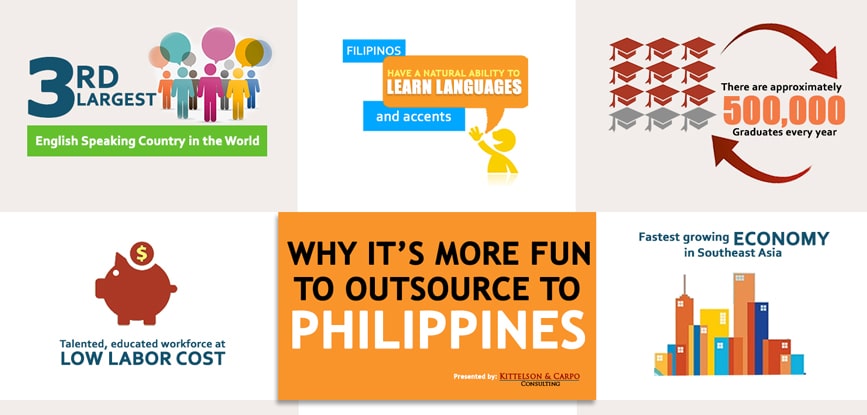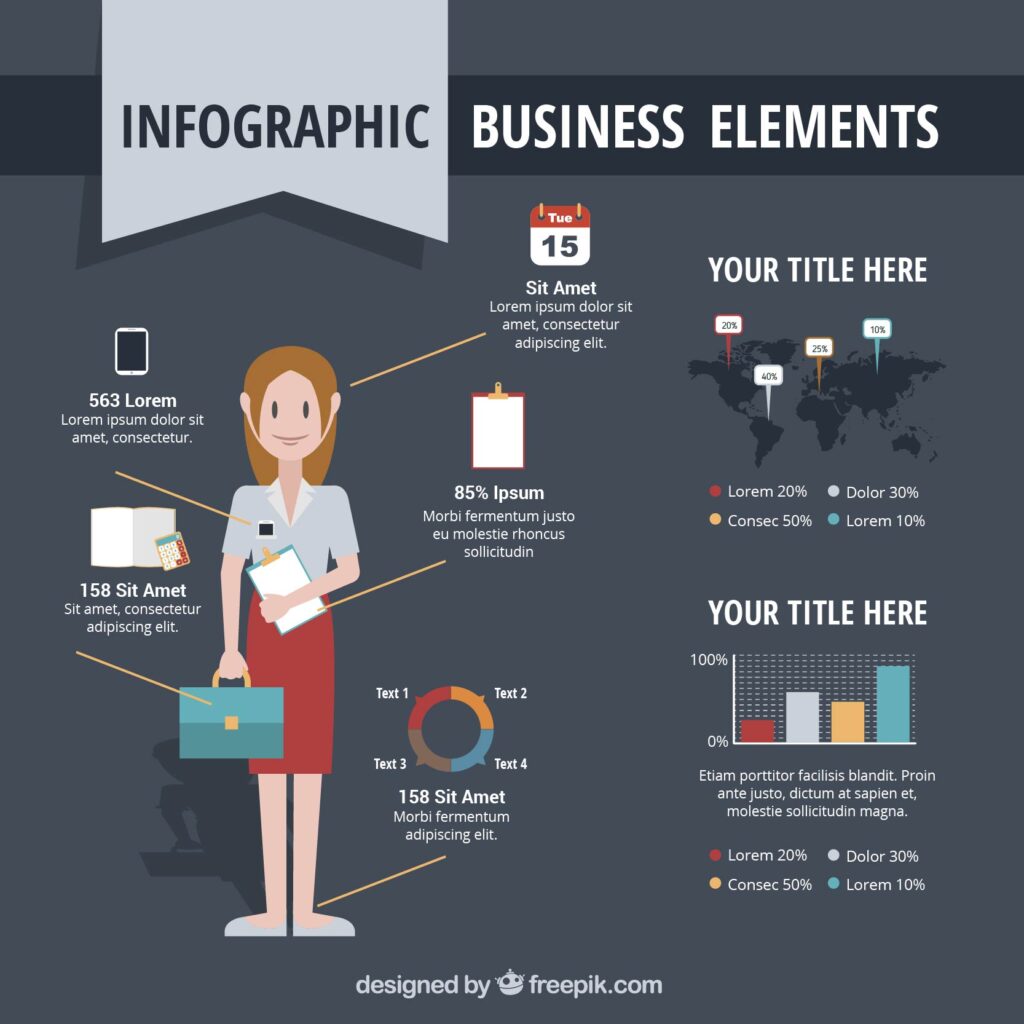Last Updated on August 22, 2025 by Richard Martin Linga
Philippines infographics are pictures that show facts about the Philippines. They use simple words and images to make learning fun. Being an SEO Specialist in the Philippines, I know how useful these can be.
Philippines infographics are visual tools that use pictures and simple text to showcase Filipino culture, history, and traditions. They make learning fun and easy by presenting complex topics clearly. Perfect for schools, businesses, and online content, these infographics highlight key facts about the Philippines in an engaging and shareable way.

Turn Infographics into Short Videos in Minutes Now
Drag-and-drop layouts — convert charts, maps, and stats to vertical or square
Captions & voiceover — auto-subtitles and simple VO to explain your visuals
Batch export — publish sets for Reels, Shorts, and Facebook fast
Start with a template, drop in your infographic, and publish.
Using Philippines infographics helps people learn fast. For instance, they can teach us about culture and history. In other words, infographics make things easy to understand. Above all, they are a great way to share ideas. So, let’s explore how these infographics can help us learn more about the Philippines.
Understanding of Infographics
Philippines infographics are pictures that show information about the Philippines in a simple way. They use images and short text to explain things clearly. For instance, they can show facts about the country using maps, charts, and icons. This makes it easy for people to understand complex topics quickly. In addition, infographics are fun to look at and share. Therefore, they make learning more engaging. Above all, using a Philippines infographic can make learning about the country more enjoyable for everyone. So, they are helpful for both kids and adults. Also, outsource SEO in the Philippines can help create these infographics.
Filipino Culture Infographics

Traditional Dances: Philippines infographics can show Filipino dances. For instance, they can explain the Tinikling dance. This helps people learn about traditions.
Filipino Food: Infographics about Filipino culture can display popular foods. They can show dishes like adobo and lechon. This makes learning about food fun.
Festivals and Celebrations: Filipino infographics can highlight festivals. For example, they can show the Sinulog or Ati-Atihan festivals. So, people can see how Filipinos celebrate.
Historical Events: Infographics about the Philippines can present history. They can show important events and dates. This helps people understand the past.
Family Values: Infographics can explain Filipino family life. For instance, they can show how families spend time together. Therefore, people can see the importance of family.
Famous Landmarks: Infographics about the Philippines can feature landmarks. They can show places like the Banaue Rice Terraces or Mayon Volcano. So, people can learn about famous sites.
Historical Infographics about the Philippines

Why Use Historical Infographics?
Philippines infographics are great for showing history. They use pictures and simple words to explain events. For instance, they make learning about the past easy and fun. An SEO consultant in the Philippines can use these infographics to make historical content engaging and easy to understand.
Key Historical Events
Philippine history infographics can highlight key events. For example, they can show the Battle of Manila Bay or the EDSA Revolution. Therefore, they help people understand important history.
Famous Historical Figures
Infographics about Philippine history can feature famous people. For instance, they can show heroes like Jose Rizal or Andres Bonifacio. So, this makes learning about their contributions easy.
Benefits of Using Infographics
Using infographics about Philippine history has many benefits. They make information clear and easy to grasp. Also, they help people learn faster. Therefore, they are very useful.
Creating Simple Infographics
To make a good Philippine history infographic, keep it simple. Use clear images and short sentences. For instance, show one event or figure at a time. Above all, make it interesting.
Sharing Historical Knowledge
Philippines infographics are perfect for sharing history. They can be used in schools, museums, and online. So, they help spread knowledge about Philippine history.
Making History Fun
Philippine history infographics make learning fun. They use visuals to turn complex events into simple stories. In other words, they make history exciting and easy to understand.
Infographics Making Learning Easy in the Philippines

Breaking Down Tough Subjects
- Science Made Simple: Infographics turn hard science ideas into easy pictures. This helps students understand better.
- History at a Glance: A picture timeline makes Philippine history easy. Students remember important events better.
Catching the Attention of Young Learners
- Fun Graphics: Infographics look like the fun graphics kids see on phones. So, they keep their attention.
- Exciting Learning: Infographics make learning exciting for kids. Therefore, they want to learn more.
Teachers Love Infographics Too
- Explaining Differently: Teachers use infographics to explain hard topics. This helps students understand better.
- Visual Learning: Infographics show information, not just talk about it. This is very useful for teaching.
Using Infographics for School Work
- Fun Projects: Students make infographics for school projects. This is more fun than just writing reports.
- Showing Knowledge: Infographics let students show what they know. Therefore, it’s a great learning tool.
Infographics Outside of Class
- Business Ideas: Infographics explain new business ideas easily. This helps everyone understand.
- Website Improvements: Infographics make websites better. So, they are important for jobs like SEO specialists.
Getting Ready for the Future
- Job Skills: Learning to make infographics teaches computer skills. Therefore, it’s good for future jobs.
- Early Learning: Students learn important skills early. This prepares them for their future work.
A Game-Changer for Businesses in the Philippines

Marketing and Advertising
- Infographics show a product’s benefits quickly. They are great for social media. People like to share good infographics. So, businesses reach more people.
Explaining Complex Ideas
- Businesses have complex ideas to share. Infographics make this easier. They turn hard topics into simple pictures. Therefore, people understand better.
Infographics in Reports and Presentations
- Businesses use infographics in reports and presentations. They show data and trends clearly. This is better than just words or numbers. So, reports are more interesting.
SEO and Online Visibility
- Infographics help a business’s website. They improve SEO. More people find the website. Also, SEO specialists offering SEO services in the Philippines use infographics to attract visitors.
Helping Small Businesses and Startups
- Small businesses find infographics useful. They are a low-cost way to share information. This is good when budgets are tight. So, they help explain products easily.
A Tool for PPC Specialists
- PPC specialists use infographics. They make online ads eye-catching. Therefore, the ads perform better. More people click on them.
Infographics for Side Hustles
- Many people have side hustles. Infographics help these small businesses too. They are a simple way to share information. Also, they make social media posts interesting.
WordPress Developers and Infographics
- WordPress developers use infographics on websites. They make sites look better and more user-friendly. Therefore, businesses stand out. Also, combining infographics with well-planned SEO packages in the Philippines can boost a site’s visibility and attract more visitors.
Creating Effective Infographics
- Keep It Simple: When making Philippines infographics, use clear pictures and short sentences. This makes them easy to understand for everyone.
- Use Bright Colors: Bright colors make infographics stand out. Therefore, choose colors that catch attention and match your topic.
- Add Clear Titles: Every infographic needs a clear title like “Philippines infographic” or “Infographic Tagalog example.” So, people know what the infographic is about.
- Show Data Visually: Use charts and graphs to show data. This turns complex numbers into simple visuals, making them easier to understand.
- Make It Engaging: Use interesting facts and fun images to keep people engaged. Therefore, they will want to look at the whole infographic.
Use Good Tools: Tools like Canva or Piktochart help create beautiful infographics. They are perfect for making infographics in the Philippines and are easy to use.
Sharing Philippine Culture with Simple Pictures
Telling Stories of Filipino Life
- Infographics show festivals, dances, and foods.
- They help people see what makes Filipino culture special.
- So, traditions are easy to see and remember.
Explaining the History of the Philippines
- Infographics make history easy to understand.
- They show big events simply.
- Therefore, people learn how the Philippines has changed.
Showing Filipino Arts and Crafts
- Infographics explain different crafts.
- They show what these arts mean.
- So, more people can learn about them.
Infographics in Museums
- Museums use infographics to explain exhibits.
- They make visits more fun.
- People can learn a lot from them.
Bringing Culture to the Internet
- Infographics can be shared online.
- This means more people can see them.
- For instance, they spread Filipino culture worldwide.
Teaching Culture in Schools
- Schools use infographics to teach culture.
- They make learning fun and easy.
- Above all, students remember better.
Infographics and Travel
- Infographics help tourists plan trips.
- They show what to expect in the Philippines.
- So, they highlight the best places to visit.
Key Takeaway
Philippines infographics make learning easy and fun by turning complex ideas into simple pictures. They help people understand and remember better by showing culture, history, and arts in a clear and engaging way. As an SEO Specialist in the Philippines, I know the power of infographics in spreading knowledge effectively.
Use Philippines infographics to share important information and make a bigger impact. They are powerful tools for education and communication. If you need help creating effective infographics, hire me. I can help you create engaging and informative infographics that highlight the best of the Philippines.
FAQs
1. What are Philippines infographics?
Philippines infographics are pictures with simple words and visuals that explain facts about the Philippines. They make learning fun and easy to understand.
2. How do Philippines infographics help with learning?
Infographics simplify complex topics, like history or culture, using images and short text. This helps people quickly understand and remember information.
3. What topics can Philippines infographics cover?
They can cover history, culture, traditions, famous landmarks, and even Filipino values. For instance, they can explain dances like Tinikling or dishes like adobo.
4. Why are infographics popular in schools?
Schools use infographics because they make learning fun and interactive. Students understand lessons better with pictures and visual examples.
5. How can infographics support businesses?
Infographics help businesses explain products or services in an engaging way. For example, they improve online visibility through SEO services in the Philippines.
6. What makes Philippines infographics effective for history?
They turn historical events into simple, visual stories. This helps people, especially students, quickly grasp key events and important dates.
7. Can infographics showcase Filipino culture?
Yes, infographics can highlight dances, food, festivals, and family traditions. They help spread Filipino culture worldwide through engaging visuals.
8. What tools can I use to create infographics?
Tools like Canva or Piktochart are easy to use for making infographics. They are perfect for creating content that explains Philippine culture.
9. Why do SEO consultants use infographics?
Infographics attract visitors by making content engaging and shareable. An SEO consultant in the Philippines uses them to boost website traffic effectively.
10. How do infographics make learning about the Philippines fun?
Infographics use colorful designs and interesting facts to grab attention. They make even tough subjects easy and enjoyable to understand.
